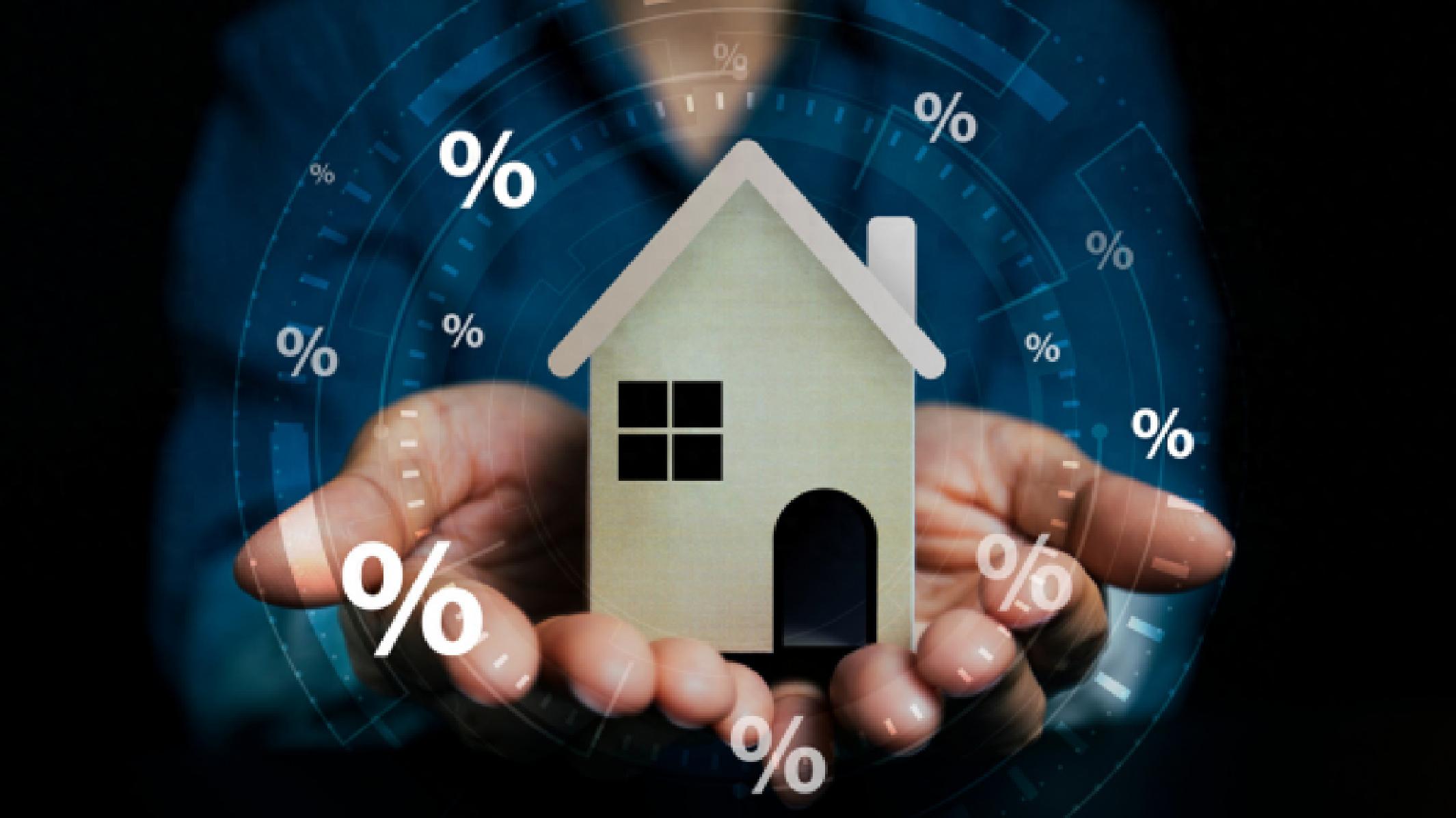Developing Multi-Tiered Capital Markets
October 18, 2024
Advertisements
The landscape of the housing market is undergoing significant changes, and as we step into the upcoming year, there are indications that a “moderately accommodative monetary policy” will take center stageThis strategy suggests that, in the near term, adjustments in various interest rates—namely, policy rates, risk-free rates, and loan rates—are on the downward trendThe push to lower mortgage interest rates is part of an effort to stabilize not only the housing market but the broader macroeconomic framework as wellHowever, there has been a surprising reversal in many regions, where mortgage rates have recently started to rise, which raises questions about the underlying dynamics at play.
To understand the situation intuitively, it appears that certain banks may have initially priced their mortgage offerings too low in the competitive race for market share in home loans
For instance, in October, some commercial banks were offering mortgage rates as low as 2.8% for first-time home buyers, which created an unusual phenomenon known as "inverted interest rates"; this was when rates for housing fund loans, standing at 2.85%, were being undercutThis period also aligned with the recent reductions in the Loan Prime Rate (LPR) and banks implementing lower rates on existing mortgagesSuch strategic pricing was aimed at stimulating purchasing activity and capturing new lending clientele.
The policy changes have indeed incited a surge in new housing demand, leading existing mortgage holders to consider switching lenders in search of better termsConsequently, some banks, in an attempt to secure these emerging assets, have adopted a strategy of thin margins for high volumeWhile this approach may be a legitimate market tactic, it poses challenges to the equitable principle of housing fund rates, prompting regulatory bodies to urge banks to readjust commercial loan rates back over 3%.
Compounding the situation is the tightening of net interest margins experienced by many banks, which creates a backdrop of profitability concerns
Under the guidelines established by the self-regulatory mechanism for market interest rates, banks face a warning threshold for net interest margins set at 1.8%. As of the third quarter this year, these margins had dipped to 1.53%, with larger commercial banks and city banks seeing even steeper falls to 1.45% and 1.43%, respectively.
This scenario indicates that, after accounting for deposit interest rates, risk provisions, and operational costs, maintaining mortgage rates below 3% becomes increasingly challenging for banksParticularly for those with tight capital adequacy ratios, a recalibration of mortgage rates is a natural outcome dictated by market economics.
Yet, when we evaluate the situation from a policy standpoint aimed at stabilizing the housing market, the increase in mortgage rates may not be a welcome developmentAt least, the timing of these adjustments is questionable
Throughout this year, several measures have been undertaken to buoy the real estate sector, with the most effective short-term strategy being the reduction of mortgage ratesReflecting on earlier months, the market exhibited a pessimistic outlook regarding real estate trends, with a notable inclination among residents to prepay their loansIn fact, since February, the index tracking early repayment rates escalated, hitting a historic peak of 37% in AprilThis suggests that one in three mortgage clients was inclined to pay off their loans early, showcasing a proactive effort to reduce leverage.
Thanks to the implementation of lowered rates on existing mortgages, the early repayment index has since declined to around 15% since October, effectively curtailing the burgeoning wave of prepayments.
In contrast, the effects of other policies have yet to yield substantial resultsTake, for instance, the 300 billion yuan relending program established by the central bank on May 17, aimed to support affordable housing initiatives

However, as of late June, only 121 billion yuan had been utilized under this scheme, and estimates suggest the total amount used might fall short of 300 billion yuan by NovemberSimilarly, tax incentives related to real estate development and transaction fees may result in limited liquidity improvements if they fail to counteract the prevailing expectations of declining property values.
Despite these hurdles, the stability measures enacted post-September have shown promising outcomes, including increased transaction volumes for both new and existing homes, a narrowing decline in residential sales area and revenue, and a reduction in the rate of price declines for second-hand homesHowever, if the year-over-year growth rate for housing prices continues to show significant decreases, one must wonder whether the objective of stabilizing the housing market has truly been accomplished.
The signals generated by price movements encapsulate the most comprehensive market data, which includes subjective variables such as market expectations
At the crux of stabilizing the housing market lies the imperative to stabilize property pricesReal estate, as a unique product, intertwines various stages—development, production, sales, and ownership—with fluctuations in lending rates.
Data from global markets, including both Europe and the Americas, as well as East Asia, indicate that real estate assets are undeniably sensitive to interest ratesFor mortgage loans, lowering the rates not only directly reduces the financial burden for home buyers, allowing them to leverage their assets more effectively, but also serves to facilitate a corresponding recovery in property valuesGiven the current impact of reduced rates on existing mortgages, further cuts in interest rates may be necessary to stabilize the real estate sector.
Nonetheless, any alterations in pricing inevitably lead to a redistribution of benefits among stakeholders, a reality that rings particularly true for interest rate shifts
Leave A Comment